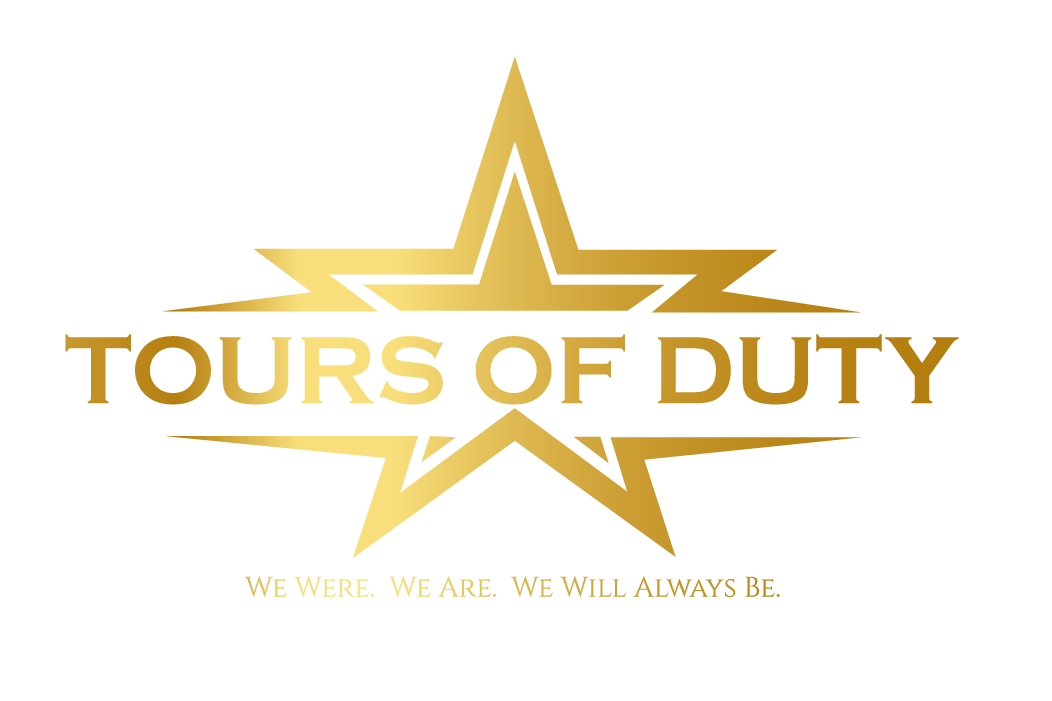Introduction
The recovery of Prisoners of War (POW) and Missing in Action (MIA) is a vital mission that seeks to bring closure to families and honor the sacrifices of our brave service members.
In the case of Hawaii, a picturesque island paradise with a rich military history, the efforts to recover POW/MIA face unique challenges. In this blog post, we will explore the distinctive obstacles involved in recovering POW/MIA in Hawaii and shed light on the ongoing endeavors to bring these heroes back home.
- Diverse and Rugged Terrain: Hawaii’s landscape is characterized by diverse terrains, including volcanic mountains, dense jungles, and remote coastal areas. The challenging and rugged environment can complicate search and recovery efforts, making it difficult to locate potential burial sites or remains of missing service members. The vastness and intricacy of the terrain pose significant logistical challenges.
- Oceanic Challenges: Being an archipelago, Hawaii’s recovery efforts may involve underwater operations, as some crash sites or resting places of POW/MIA may be located in the surrounding waters. Conducting underwater searches, dealing with currents, and the effects of corrosion on submerged wreckage present unique obstacles in the recovery process.
- Natural Processes and Environmental Factors: Hawaii’s tropical climate, high humidity, and exposure to salt air can accelerate the degradation of remains, artifacts, and associated materials. Natural processes, such as erosion, volcanic activity, and land movements, can alter burial sites, making it challenging to locate and identify missing service members.
- Cultural Sensitivities and Heritage Preservation: Hawaii is home to a vibrant and culturally diverse population with deep-rooted traditions and beliefs. It is crucial to approach recovery missions with respect for Native Hawaiian culture and their sacred sites. Balancing the recovery mission with heritage preservation and cultural sensitivities adds complexity to the efforts to locate and recover POW/MIA.
- Limited Historical Records: The passage of time, the impacts of conflict, and the destruction caused by natural disasters can result in limited or fragmented historical records. In some cases, accurate documentation related to POW/MIA cases may be scarce, lost, or not readily accessible. This lack of records can hamper recovery efforts and prolong the search for missing service members.
- Technological and Logistical Constraints: Recovery operations in Hawaii require advanced technologies, equipment, and logistical support. Conducting extensive searches in challenging terrains, coordinating efforts across different islands, and ensuring the safety of recovery teams in remote areas can present significant logistical and resource challenges.
Conclusion
Recovering POW/MIA in Hawaii presents unique challenges due to the diverse terrain, oceanic complexities, environmental factors, cultural sensitivities, limited historical records, and logistical constraints.
However, Tours of Duty will continue in our unwavering efforts to locate and bring these heroes back home.
By raising funds, supporting recovery initiatives, and respecting cultural sensitivities, we contribute to the ongoing mission of honoring the sacrifices of our missing service members.
Together, let us strive for a future where every POW/MIA is accounted for, their memory honored, and their families granted solace.




